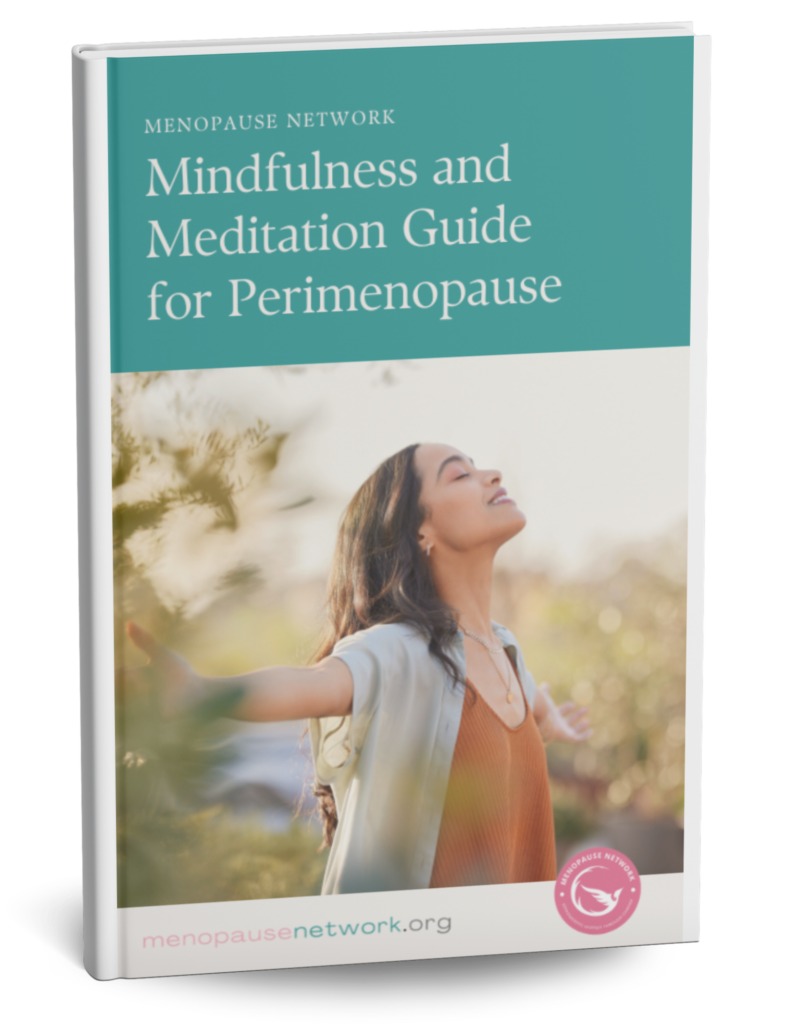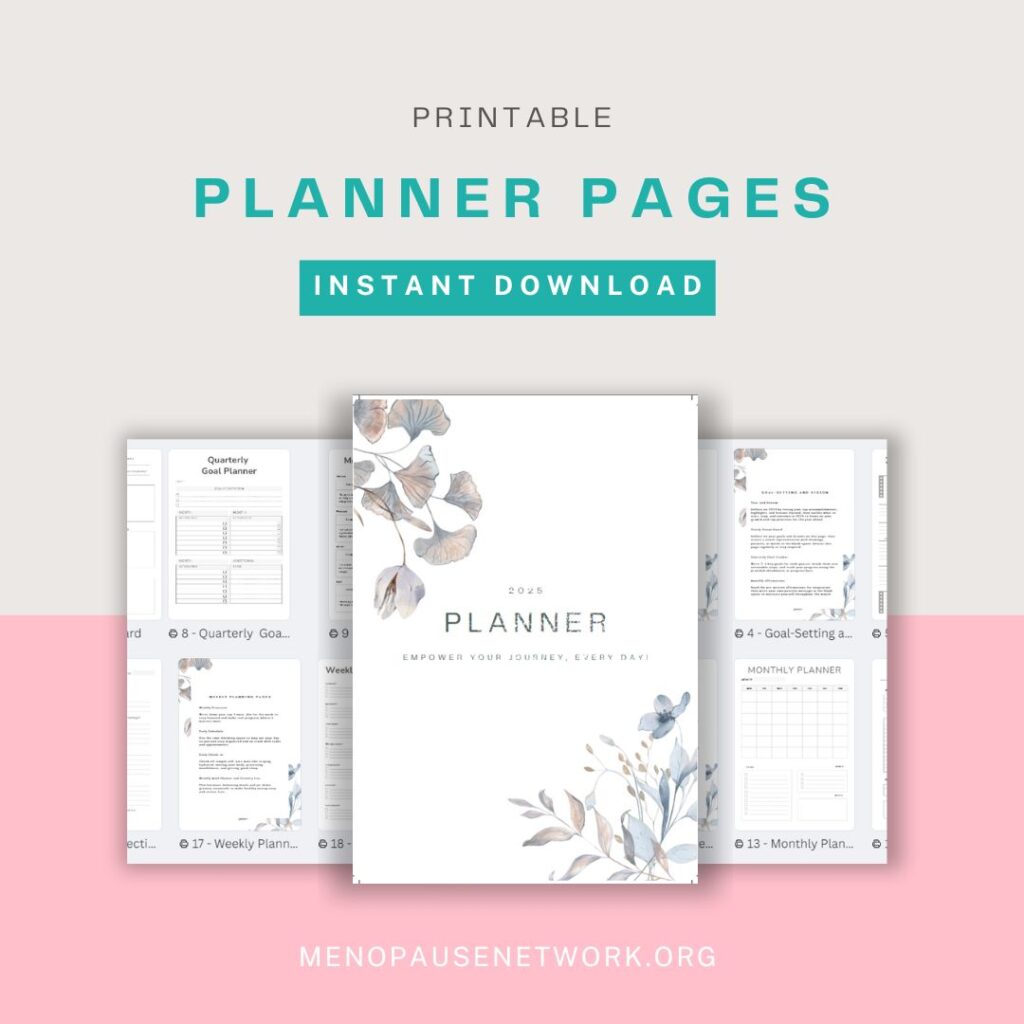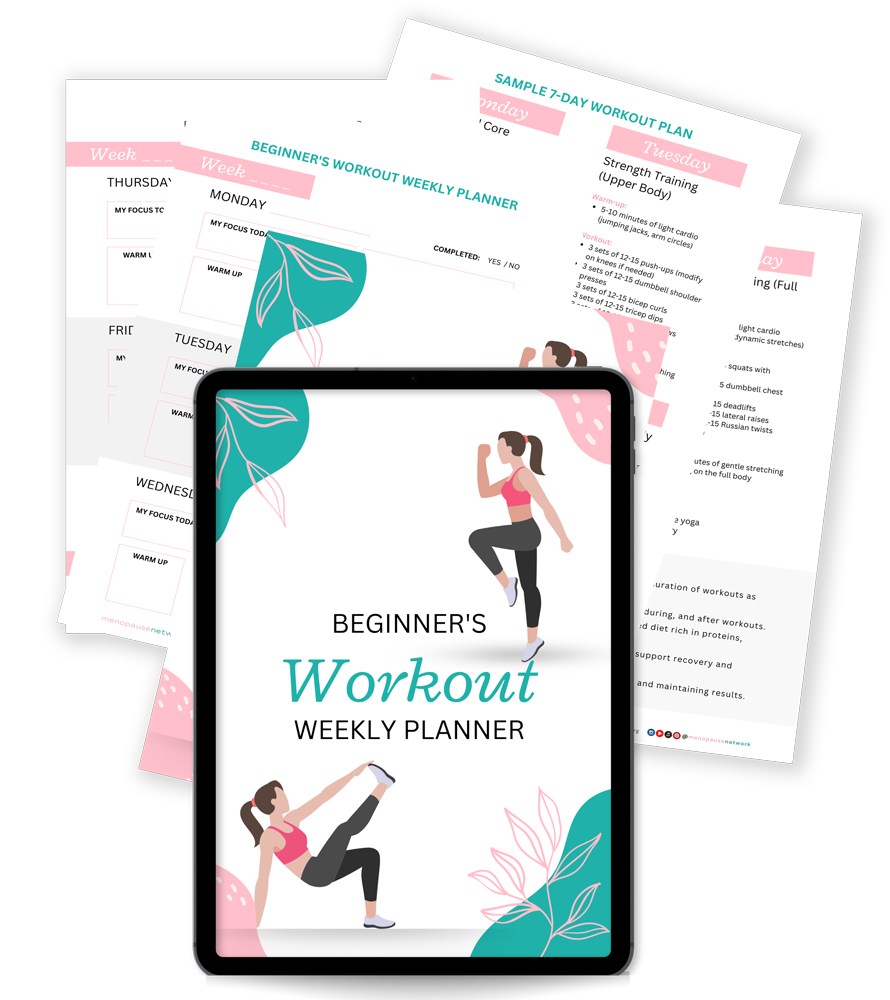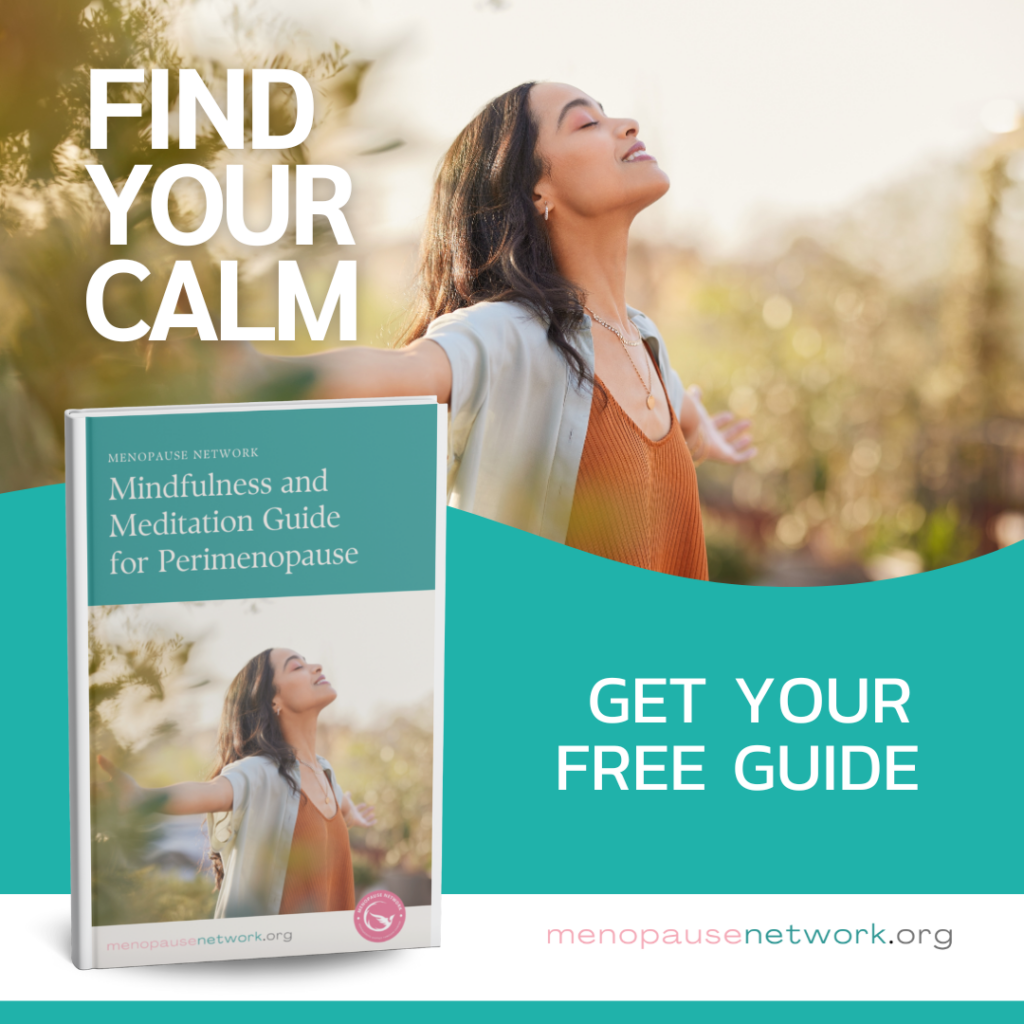Finding Joy in the Shift: Gratitude Practices for Perimenopause
I had entered the liminal territory of perimenopause. My body didn’t give me an invitation: it simply shifted. The hot flashes came. The mood swings crept in. The nights felt infinite. I wondered: Is this it? Is this the chapter I bravely promised I’d own—yet still feel blindsided by?
As we celebrate the month of Thanksgiving, it feels like the perfect time to dig deep into something powerful: gratitude. Here at Menopause Network, our November blogs are focusing on what grounds us, lifts us, and carries us through transition. And I discovered something that changed everything. Not a pill, not a miraculous cure, but one simple act: gratitude.
And no—it wasn’t about being cheerfully naïve. It was about paying attention. Listening. Choosing to see what still gives me strength instead of what’s slipping away.
If you’re in this space—navigating perimenopause, fierce and vulnerable at once—I promise you: this isn’t a waiting room. It’s a threshold to something more. And gratitude might just be your door.
Why This Matters (Emotionally and Biologically)
The Emotional Terrain of Perimenopause
Perimenopause isn’t just about physical symptoms. Hormonal fluctuations during this stage can make your emotional landscape feel unfamiliar. Studies show that women in perimenopause have a 40% higher risk of depressive symptoms compared to premenopausal women. The culprit? Estrogen shifts that influence serotonin, dopamine, and other neurotransmitters critical for mood regulation.
The Science of Gratitude—and Why It Works
Gratitude isn’t just a mood booster—it’s brain science. According to Harvard Health Publishing, practicing gratitude consistently enhances well-being, improves sleep, and may even increase longevity. Gratitude activates regions in the brain linked to emotional regulation and decision-making, like the ventromedial prefrontal cortex.
Gratitude isn’t a personality trait. It’s a muscle—one you can strengthen with regular practice.
Mindfulness + Gratitude
Combining gratitude with mindfulness—the practice of being fully present—amplifies benefits. A 2022 meta-analysis found that mindfulness-based interventions significantly reduce stress in menopausal women. Together, they help calm the nervous system, anchor your awareness, and shift your focus toward what’s nurturing you instead of what’s leaving you.
Gratitude Practices That Actually Work
Let’s simplify this. These practices are realistic, sustainable, and tailored for your life right now.
1. The Three-Minute Start
Each night or morning, ask yourself:
- What went well today?
- Who supported me?
- What did I appreciate about myself?
Research shows even brief gratitude journaling increases optimism and life satisfaction.
2. Gratitude With Intention
Take 5 minutes. Close your eyes. Recall a positive moment today. Feel it. Let it grow in your body. This mindful attention makes gratitude more visceral.
3. Write a Gratitude Letter
Thank someone who impacted your life—whether they know it or not. A simple message, even if unsent, can dramatically boost your mental health.
4. Gratitude Jar
Drop a note into a jar each day with one good thing. In low moments, reach in and remember your capacity for joy.
5. Body-Gratitude Check-In
Instead of judging your body, thank it. Say: “Thank you for carrying me.” “Thank you for adapting.” Recognize its resilience.
Gratitude On the Hard Days
Step 1: Acknowledge the Grief
Feel the loss, the rage, the fatigue. Name it. Then make space for something else.
Step 2: Micro-Gratitude
Can’t find a big win? Thank your breath. The light through the window. Your morning tea. Gratitude lives in the ordinary.
Step 3: Reframe Your Story
You’re not unraveling—you’re evolving. You’re not who you were, but you’re not lost. Gratitude is a mirror showing what’s becoming.
Step 4: Share It
Expressing gratitude to others strengthens bonds. It reminds you: you are not doing this alone.
The 30-Day Gratitude Challenge
This isn’t about perfection. It’s about presence. Below is your 4-week roadmap to integrate gratitude into your daily life.
Week 1: Awareness
- Day 1: Three things you’re grateful for.
- Day 2: Add how each made you feel.
- Day 3: Body gratitude: “Thank you for…”
- Day 4: Write a short gratitude message.
- Day 5: Recall a moment that made you smile.
- Day 6: Add a slip to your gratitude jar.
- Day 7: Reflect: What surprised you?
Week 2: Deepening
- Day 8: A strength you’re grateful for.
- Day 9: Gratitude for a past challenge.
- Day 10: Take a 5-minute gratitude walk.
- Day 11: Thank someone who supported you.
- Day 12: Choose a visual cue for daily gratitude.
- Day 13: Body check-in: What does your body do well?
- Day 14: Reflect: What feels easier?
Week 3: Expanding
- Day 15: Gratitude for perimenopause: What are you learning?
- Day 16: Re-read your letter. Add one line.
- Day 17: Two-minute midday gratitude pause.
- Day 18: Celebrate a simple ritual.
- Day 19: Gratitude for a sensory joy.
- Day 20: How are you evolving?
- Day 21: What themes do you notice?
Week 4: Integration
- Day 22: Gratitude for rest.
- Day 23: Gratitude for joy.
- Day 24: Gratitude for support.
- Day 25: Send (or re-read) your letter.
- Day 26: Write from your future self.
- Day 27: Gratitude for what you’ve let go.
- Day 28: Gratitude for body wisdom.
- Day 29: Celebrate your growth.
- Day 30: Set one gratitude intention for next month.
Keep the Momentum Going
- Place your journal somewhere visible.
- Pair it with a daily ritual.
- Miss a day? That’s okay. Just begin again.
- Share your journey with a friend or in a group.
Final Thoughts
Perimenopause isn’t an ending. It’s a shift—a recalibration. Gratitude won’t erase your symptoms, but it can change your relationship to them. You are not just enduring this chapter. You are rewriting the story.
Tonight, as you close your eyes, whisper a quiet “thank you.”
And tomorrow—begin again.
References
Ackerman, C. E. (2025). Benefits of gratitude: 28+ surprising research findings. PositivePsychology.com. Retrieved from https://www.positivepsychology.com/benefits-gratitude-research-questions/
Carlson Kehren, H. (2019, January 17). Mindfulness may ease menopausal symptoms. Mayo Clinic News Network. Retrieved from https://newsnetwork.mayoclinic.org/discussion/mindfulness-may-ease-menopausal-symptoms/
Liu, H., Cai, K., Wang, J., & Zhang, H. (2022). The effects of mindfulness-based interventions on anxiety, depression, stress, and mindfulness in menopausal women: A systematic review and meta-analysis. Frontiers in Public Health, 10. https://doi.org/10.3389/fpubh.2022.1045642
Harvard Health Publishing. (2024). Gratitude enhances health, brings happiness, and may even lengthen lives. Retrieved from https://www.health.harvard.edu/blog/gratitude-enhances-health-brings-happiness-and-may-even-lengthen-lives-202409113071
The Guardian. (2024, May 1). Perimenopausal women have 40% higher risk of depression, study suggests. Retrieved from https://www.theguardian.com/society/2024/may/01/perimenopausal-women-have-40-higher-risk-of-depression-study-suggests
Greater Good Science Center. (2024). How gratitude changes you and your brain. Retrieved from https://greatergood.berkeley.edu/article/item/how_gratitude_changes_you_and_your_brain























